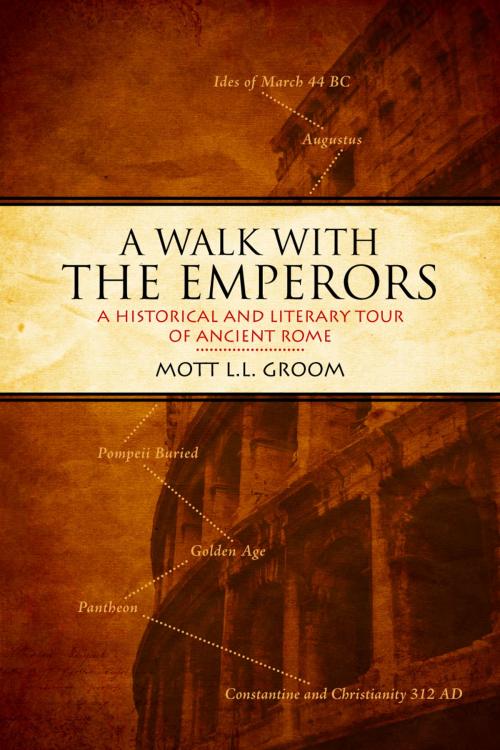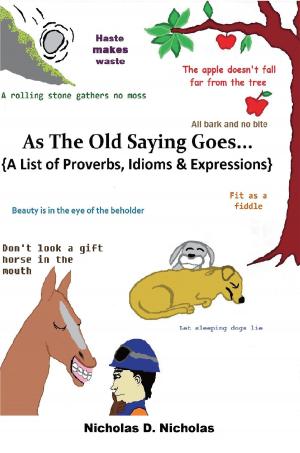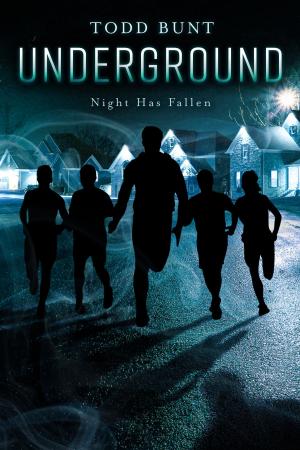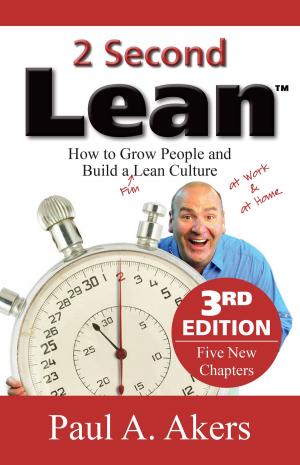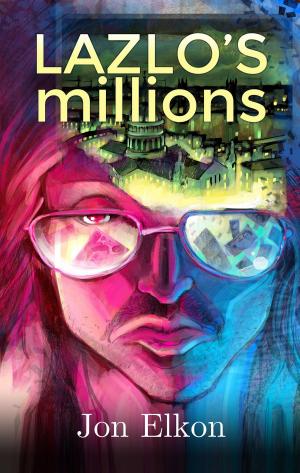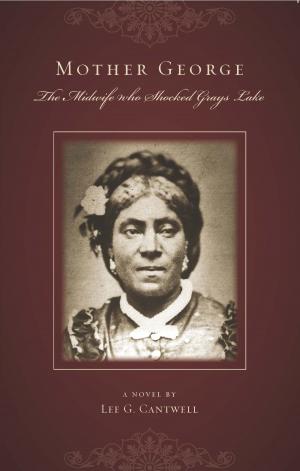A Walk With the Emperors
A Historic and Literary Tour of Ancient Rome
Nonfiction, Travel, Europe, Italy| Author: | Mott L.L. Groom | ISBN: | 9781617924705 |
| Publisher: | BookBaby | Publication: | April 15, 2011 |
| Imprint: | Language: | English |
| Author: | Mott L.L. Groom |
| ISBN: | 9781617924705 |
| Publisher: | BookBaby |
| Publication: | April 15, 2011 |
| Imprint: | |
| Language: | English |
A pre-Imperial Prologue introduces Julius Caesar’s 48 BC overthrow of Pompey, the assassination of Caesar, and the end of the Roman Republic. The struggle for succession among Marc Antony, Lepidus, and Octavian ends in 31 BC. The tour covers Imperial Rome from 27 BC (when the Senate named Augustus “Imperator”) to 333AD in three walking or armchair tours: Tour 1 (27BC- 68 AD) begins in Trastevere (across the Tiber) with the reign of the first Emperor Caesar Augustus (Octavian), followed by the remaining four patrician Emperors of the Julio-Claudian Dynasty: Tiberius, Caligula, Claudius and Nero. I inherited a Rome of brick and left a Rome of marble Augustus, Res Gestae Tour 2 (69-193) commences in the Forum, and finds the Empire led by a new style and class of leadership under the Flavian Dynasty (69-98) of Vespasian and his two sons; and then rise to its global height under the Adoptive and Antonine Emperors Nerva, Trajan, Hadrian, Antoninus, Marcus Aurelius and Commodus. In the second century of the Christian era, the Empire of Rome comprehended the keenest part of the earth, and the most civilized portion of mankind E. Gibbon, History of the Decline and Fall… Tour 3 (194-335) opens at the grain dole center, near the Largo Argentina, at the territorial apex of the Empire under Septimius Severus. The vast Empire then began to disintegrate into chaos, and had a temporary revival under Diocletian. Constantine made a final grasp at Christianity to sustain the Empire’s viability. Two great powers - The Roman Empire, which became a monarchy at that time and the teaching of Christ- proceeding as if from a single starting point, at once tamed and reconciled all to friendship. Thus each blossomed at the same time and place as the other . . . in order to merge the entire race into one unity and concord. Eusebius 336 AD The tours should be read in advance of actually walking to the described sites; or they can be read as an armchair tour thousands of miles from Rome. Backtracking has been kept to a minimum, but now that there is an admission for the Forum, sites are visited there even if they do not fit the chronology of the emperor under discussion.
A pre-Imperial Prologue introduces Julius Caesar’s 48 BC overthrow of Pompey, the assassination of Caesar, and the end of the Roman Republic. The struggle for succession among Marc Antony, Lepidus, and Octavian ends in 31 BC. The tour covers Imperial Rome from 27 BC (when the Senate named Augustus “Imperator”) to 333AD in three walking or armchair tours: Tour 1 (27BC- 68 AD) begins in Trastevere (across the Tiber) with the reign of the first Emperor Caesar Augustus (Octavian), followed by the remaining four patrician Emperors of the Julio-Claudian Dynasty: Tiberius, Caligula, Claudius and Nero. I inherited a Rome of brick and left a Rome of marble Augustus, Res Gestae Tour 2 (69-193) commences in the Forum, and finds the Empire led by a new style and class of leadership under the Flavian Dynasty (69-98) of Vespasian and his two sons; and then rise to its global height under the Adoptive and Antonine Emperors Nerva, Trajan, Hadrian, Antoninus, Marcus Aurelius and Commodus. In the second century of the Christian era, the Empire of Rome comprehended the keenest part of the earth, and the most civilized portion of mankind E. Gibbon, History of the Decline and Fall… Tour 3 (194-335) opens at the grain dole center, near the Largo Argentina, at the territorial apex of the Empire under Septimius Severus. The vast Empire then began to disintegrate into chaos, and had a temporary revival under Diocletian. Constantine made a final grasp at Christianity to sustain the Empire’s viability. Two great powers - The Roman Empire, which became a monarchy at that time and the teaching of Christ- proceeding as if from a single starting point, at once tamed and reconciled all to friendship. Thus each blossomed at the same time and place as the other . . . in order to merge the entire race into one unity and concord. Eusebius 336 AD The tours should be read in advance of actually walking to the described sites; or they can be read as an armchair tour thousands of miles from Rome. Backtracking has been kept to a minimum, but now that there is an admission for the Forum, sites are visited there even if they do not fit the chronology of the emperor under discussion.
